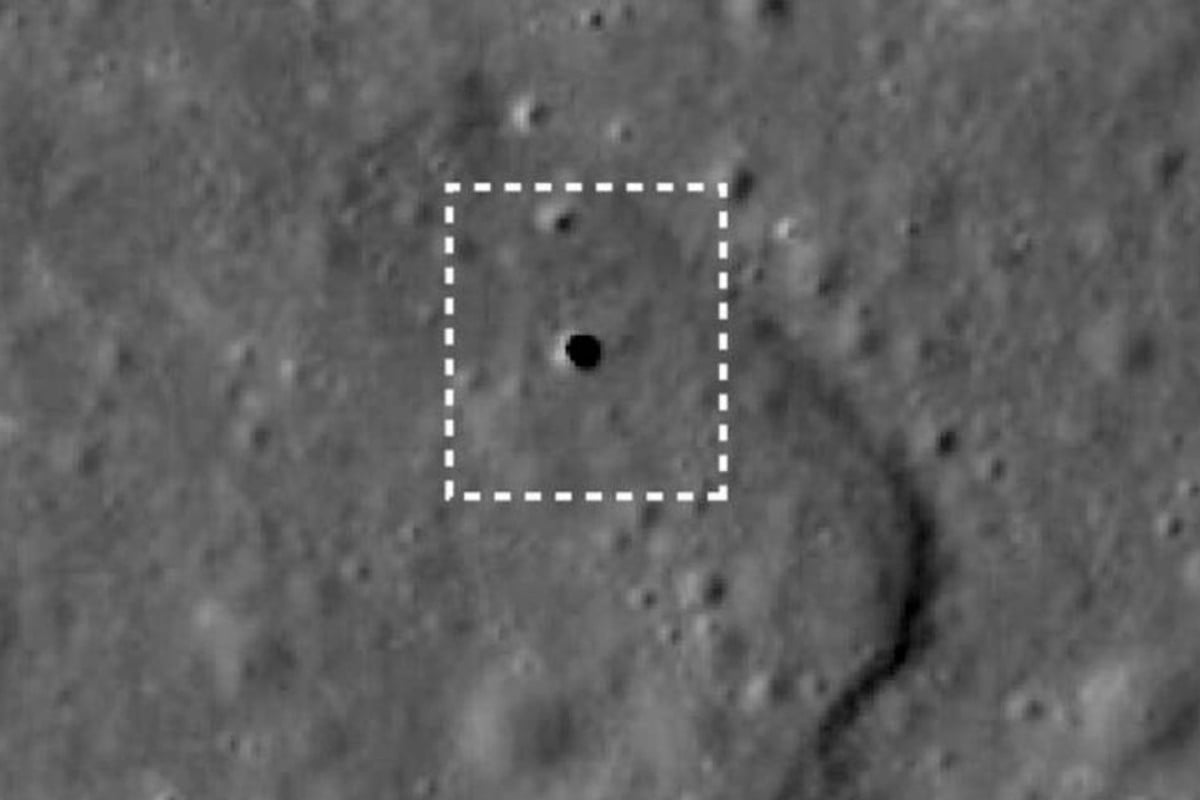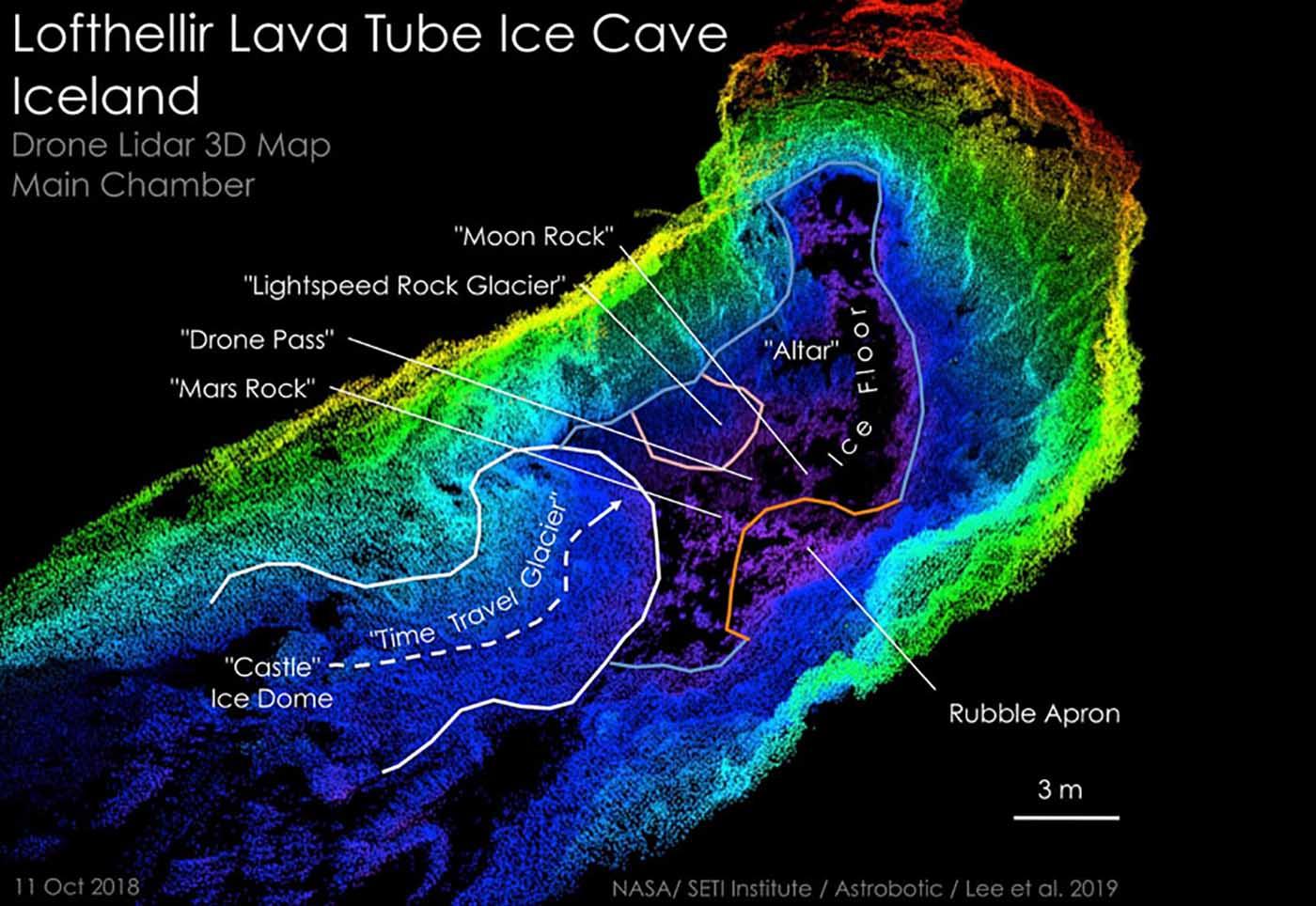NASA Moon Caves

Nasa moon caves – NASA’s exploration of moon caves has spanned decades, from early missions that first identified these intriguing features to recent discoveries that are revealing their geological significance and potential for future exploration.
The first moon caves were identified by the Lunar Orbiter missions in the 1960s. These missions returned images of large, dark craters that were interpreted to be the entrances to caves. Subsequent missions, such as the Apollo 15 and 17 missions, explored these caves in more detail, confirming their existence and providing the first glimpse of their interiors.
Challenges and Advancements in Cave Exploration Technology
Exploring moon caves presents a number of challenges, including the extreme temperatures, lack of atmosphere, and the presence of sharp rocks and dust. To overcome these challenges, NASA has developed a variety of specialized equipment and techniques.
One of the most important challenges is the extreme temperature inside moon caves. Temperatures can reach up to 120 degrees Celsius during the day, and drop to -170 degrees Celsius at night. To protect astronauts from these extreme temperatures, NASA has developed special suits and equipment that can withstand these conditions.
Another challenge is the lack of atmosphere inside moon caves. This means that astronauts must carry their own oxygen supply when they explore these caves. NASA has developed a variety of lightweight oxygen tanks and backpacks that allow astronauts to explore moon caves for extended periods of time.
Finally, the presence of sharp rocks and dust inside moon caves can pose a hazard to astronauts. To protect astronauts from these hazards, NASA has developed special suits and gloves that are resistant to abrasion and punctures.
Geological Significance of Moon Caves
Moon caves are of great geological significance because they can provide a unique glimpse into the history of the moon. The rocks and minerals inside moon caves can contain a record of the moon’s geological past, including the processes that shaped its surface and the composition of its interior.
Moon caves can also provide a valuable source of resources for future exploration. The water ice that is thought to be present in some moon caves could be used to support human habitation on the moon. The minerals inside moon caves could also be used to extract valuable resources, such as oxygen and metals.
Potential for Future Exploration
Moon caves have the potential to play a major role in future exploration of the moon. These caves could provide a safe and sheltered environment for astronauts to live and work on the moon. They could also provide a valuable source of resources, such as water ice and minerals.
NASA is currently planning a number of missions to explore moon caves in the coming years. These missions will help to further our understanding of these fascinating features and their potential for future exploration.
Moon Caves as Potential Habitats

Lunar caves offer intriguing possibilities for future human missions, presenting a range of potential uses as habitats. Their natural shelter, access to resources, and scientific value make them attractive destinations for extended lunar exploration and habitation.
Advantages of Moon Caves as Habitats, Nasa moon caves
- Protection from Radiation: Moon caves provide natural shielding from harmful cosmic radiation, reducing exposure risks for astronauts.
- Temperature Regulation: Caves maintain stable temperatures, eliminating the need for complex and energy-intensive heating or cooling systems.
- Resource Access: Caves may contain valuable resources, such as water ice, minerals, and regolith, providing essential supplies for human habitation.
Disadvantages of Moon Caves as Habitats
- Accessibility: Locating and accessing moon caves can be challenging, requiring specialized equipment and navigation techniques.
- Limited Space: Caves can vary in size and shape, potentially restricting the available space for human habitation and equipment.
- Dust and Debris: Moon caves may contain dust and debris, requiring careful management to maintain a clean and healthy living environment.
Design Considerations for a Lunar Habitat within a Moon Cave
Designing a lunar habitat within a moon cave involves careful consideration of several factors:
- Temperature Control: Maintaining a comfortable temperature range within the cave requires insulation, heating, and cooling systems.
- Radiation Shielding: Additional shielding may be necessary to further reduce radiation exposure within the cave.
- Resource Management: Systems for extracting and managing water, minerals, and other resources must be integrated into the habitat design.
- Waste Disposal: Safe and efficient methods for waste disposal must be established to maintain a sanitary environment.
The enigma of NASA’s moon caves, shrouded in mystery and speculation, has captured the imagination of countless enthusiasts. Their existence has been debated for decades, fueling theories that range from extraterrestrial origins to military secrets. As we delve into the depths of these lunar labyrinths, it’s worth noting that J.D.
Vance, the Republican Senate candidate from Ohio, recently made headlines for his wife’s poignant account of her struggles with mental illness. Her story resonates with many, highlighting the complexities of human experience. Returning to the lunar realm, the allure of these enigmatic caves continues to tantalize, promising to unveil secrets that may forever alter our understanding of our place in the cosmos.
NASA’s moon caves, vast and enigmatic, have captured the imagination of scientists and enthusiasts alike. These subterranean chambers, formed by ancient lava flows, offer a glimpse into the moon’s geological history. However, their potential significance extends beyond scientific curiosity. As Bill Ackman , the renowned investor, has suggested, these caves could hold immense economic value due to their potential to harbor valuable resources.
With their untapped potential, NASA’s moon caves remain a tantalizing frontier, beckoning us to explore their mysteries and unlock their secrets.